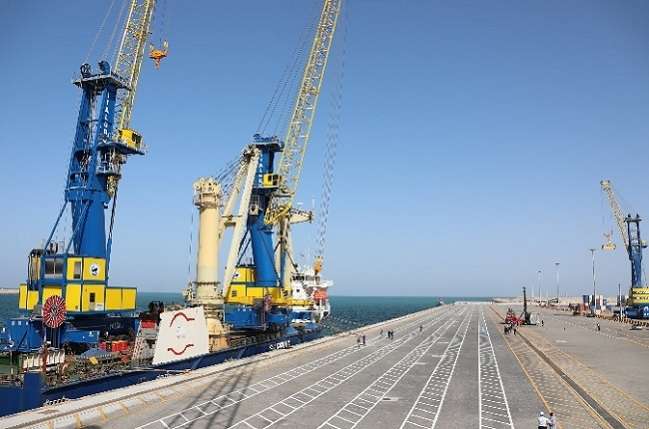
India strengthens Connect Central Asia policy with Chabahar Port at the center of strategy
India is intensifying its Connect Central Asia policy with a renewed focus on the Chabahar Port in Iran, positioning it as a strategic hub for regional trade and connectivity amid shifting global and regional dynamics.
The recalibration comes at a time when Washington’s revised trade tariffs have triggered a realignment of global economic ties, while China’s cautious Belt and Road Initiative (BRI) funding reflects concerns over debt risks and security in volatile regions. Beijing’s sudden pullback from a key China-Pakistan Economic Corridor (CPEC) project highlights its more restrained foreign investment approach, leaving Islamabad with reduced leverage.
In contrast, New Delhi is doubling down on Chabahar. On Sunday, India’s National Security Advisor Ajit Doval spoke with Iran’s Ali Akbar Ahmadian, focusing on regional cooperation and the strategic port. Located on the Gulf of Oman, the Shahid Beheshti terminal at Chabahar provides India a direct gateway to Afghanistan and Central Asia, bypassing Pakistan-controlled routes.
India signed a 10-year contract on May 13, 2024, to equip and operate cargo and container terminals at Chabahar. Between FY 2016–17 and FY 2023–24, the government allocated ₹400 crore for its development, of which ₹201.51 crore has already been utilized. The port recorded a 43% rise in vessel traffic and a 34% increase in container traffic in 2023–24, according to official data.
With China stepping back and Pakistan facing constraints, India sees Chabahar as crucial for expanding trade, enhancing connectivity, and boosting its strategic presence in Central Asia. The port’s expansion, along with associated rail infrastructure, is expected to significantly increase maritime trade and strengthen India’s outreach in the region.
By investing in Chabahar, India not only secures a commercial lifeline but also reinforces its role as a balancing power amid evolving Indo-Pacific and Eurasian geopolitics.